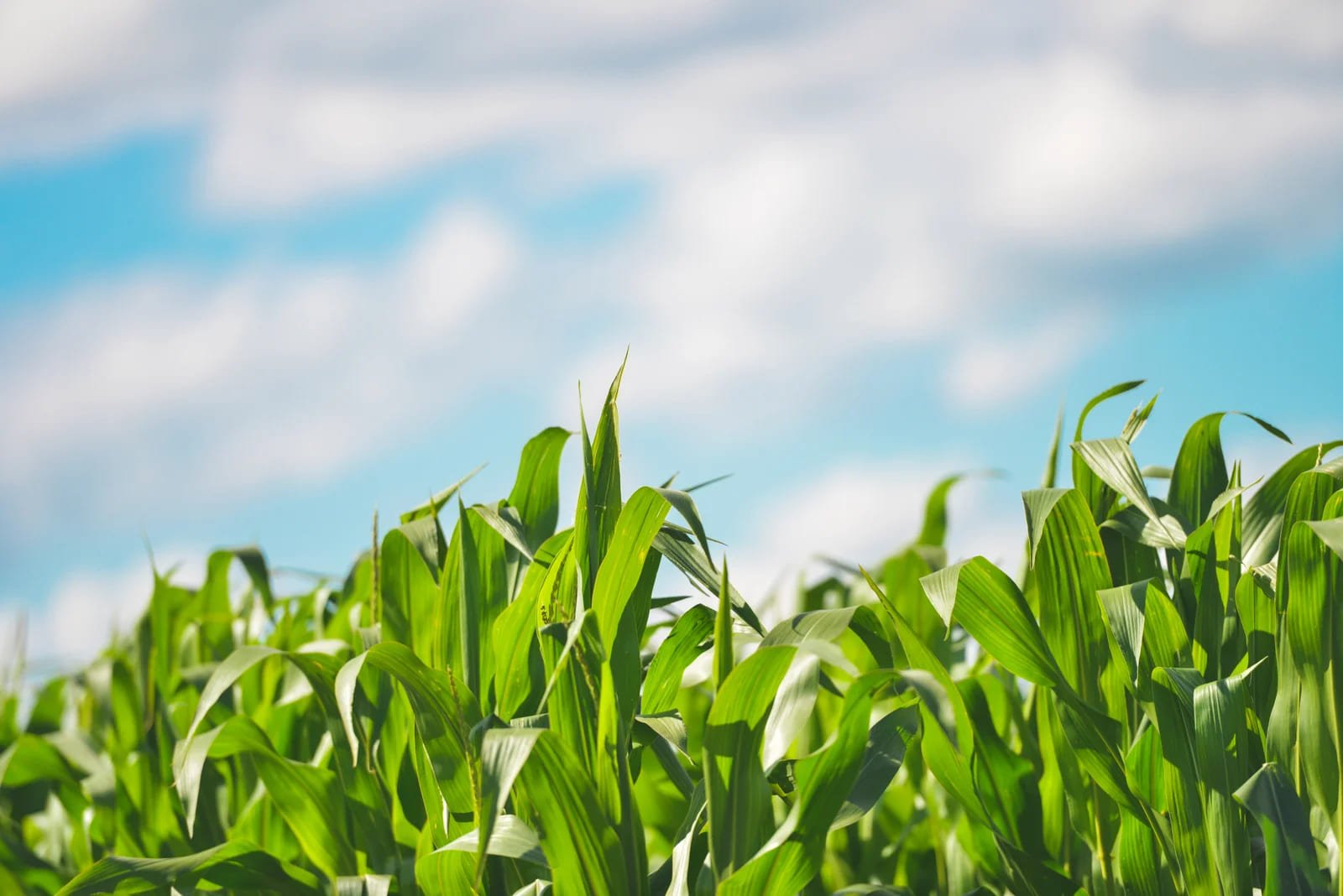Currently in Rwanda, buyers have been receiving high content Aflatoxin maize from maize suppliers. Aflatoxin can’t be removed from maize which means buyers end up rejecting high quantities and result to importing additional volume at a much higher cost. Evidence discloses a 90% rejection of locally sourced maize. To overcome this issue, IFC in partnership with Vanguard Economics has developed a mobile lab called Afla-Kiosk. The Afla-kiosk lab was designed to bring aflatoxin awareness to producers and traders by testing and issuing a receipt indicating the quality of the maize they have. Furthermore, Afla-kiosks will link suppliers to premium markets for good quality maize and redirect bad quality maize to drying and sorting services.
Problems
In Rwanda, farmers and traders lack awareness on the levels of aflatoxin concentration in maize production. The aflatoxin levels in maize can’t be estimated with naked-eyes or external appearance of grains. Aflatoxin testing labs are very limited in Rwanda, and the alternative of testing maize costs around 100,000 rwf/sample and it takes two days which is expensive and slow. Producers and traders have been facing a tremendous loss caused by the high level of aflatoxin content in maize. This loss is incurred in terms of quantity, transport costs as well as production costs. Presence of aflatoxin in maize is dangerous to human and animal consumption. Maize flour consumers are not informed about the quality of processed grains due to the processor’s lack of awareness. As a result, maize with high aflatoxin content rate a is consumed unknowingly by humans as well as livestock. Last but not least, cooking temperature can’t reduce aflatoxin level. Consumption of aflatoxin has indirect dangerous effects on humans and animals’ lives. In most cases, it can be the root cause of cancer. Once consumed, it is hard to be treated.
Solutions
Afla-kiosks services are available to every supplier and buyer of maize. Afla-Kiosk’s specialist will be in charge of disclosing the exact level of aflatoxin concentration in maize. Testing and grading results will be accessible within forty minutes. The efficiency of the lab will warrant an increase in awareness of aflatoxin presence in maize value chain. Buyers’ tests were not trusted by suppliers because of price negotiation. Through the Afla-kiosk methodology buyers and suppliers will build a good and increase the trust and confidence In the maize quality that is traded Additionally, aflatoxin testing will result in a decrease in quantity of maize rejected and imported which in turn will result in an increase in quantity supplied at the local market. Local suppliers will have power in decision making for the adequate market according to the results received from afla-kiosk. Afla-kiosks will work closely with producers (large scale farmers, cooperatives), traders (middlemen, suppliers) and buyers in the maize sector. Afla-kiosks will be willing to reach out to any supplier or buyers who needs its services.
Conclusion
As a result of the afla-kiosks initiative, the maize value chain actors will be able to track and locate the availability of good quality maize and access them at the premium market. The market price will go hand in hand with the quality of maize. Globally, 25% of the total production of maize is lost due to high concentration of aflatoxin. Afla-kiosks will be able to leverage the awareness and good practices to keep high quality maize. As contribution to local, regional and international markets, it will bring access to nutritious and harmful free maize products.
